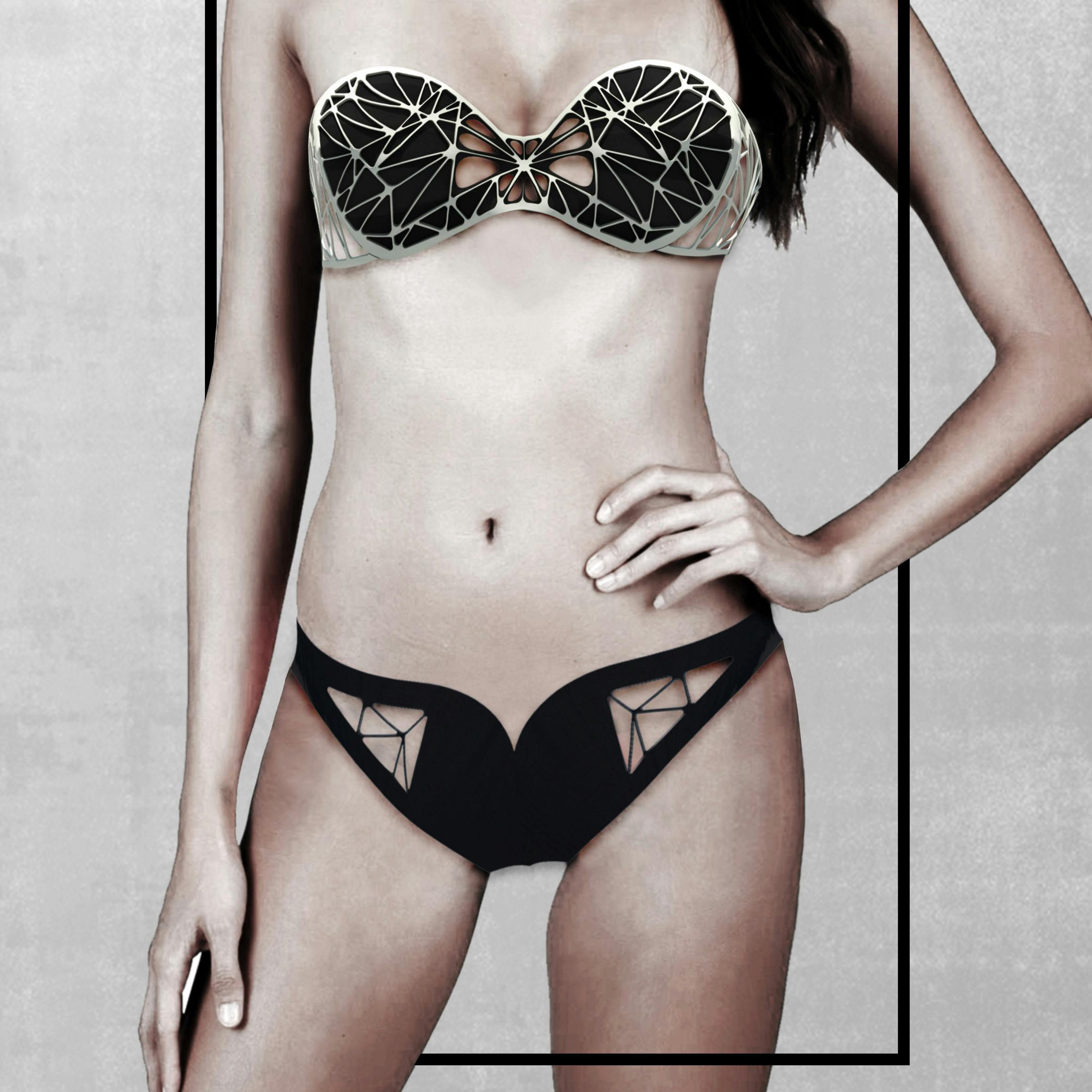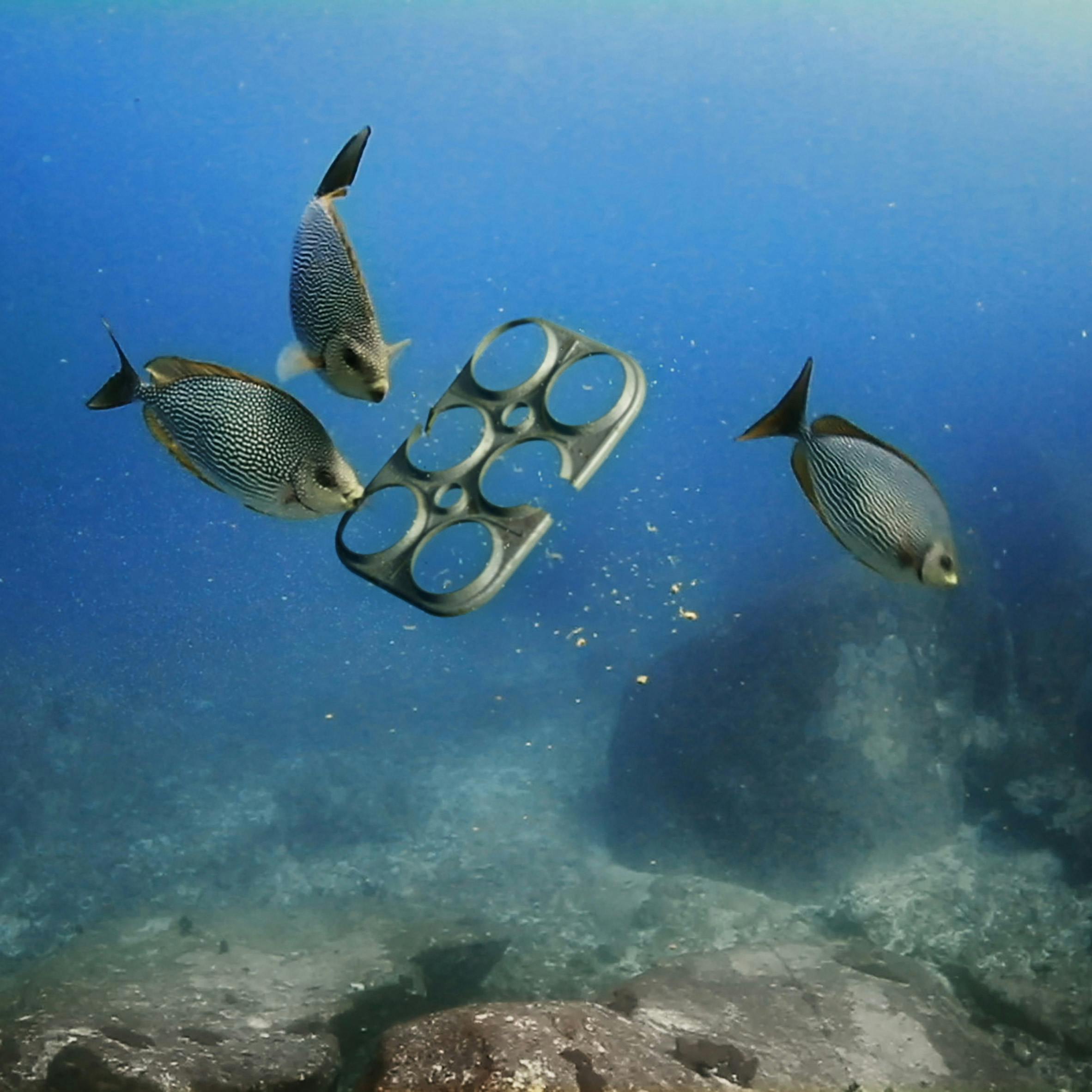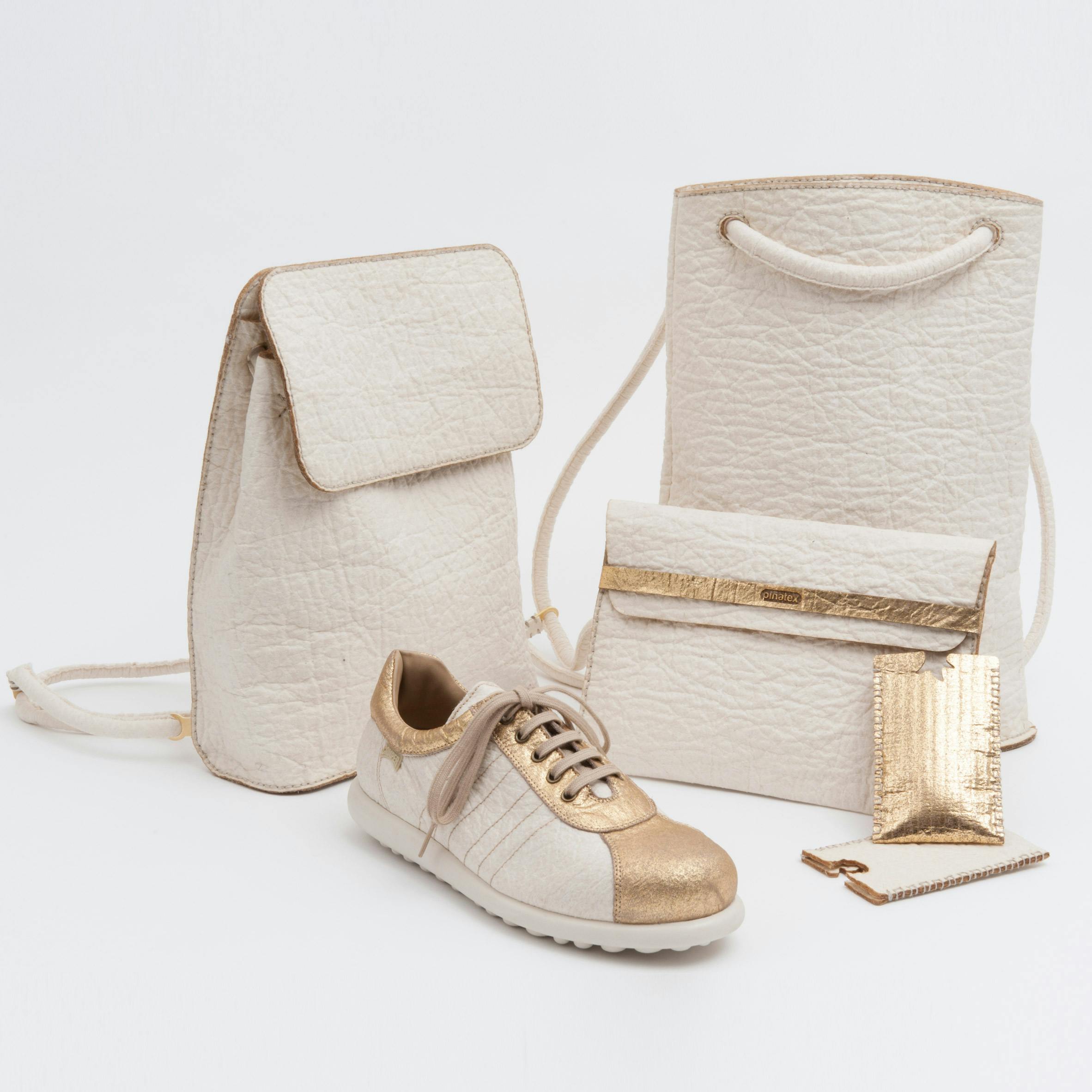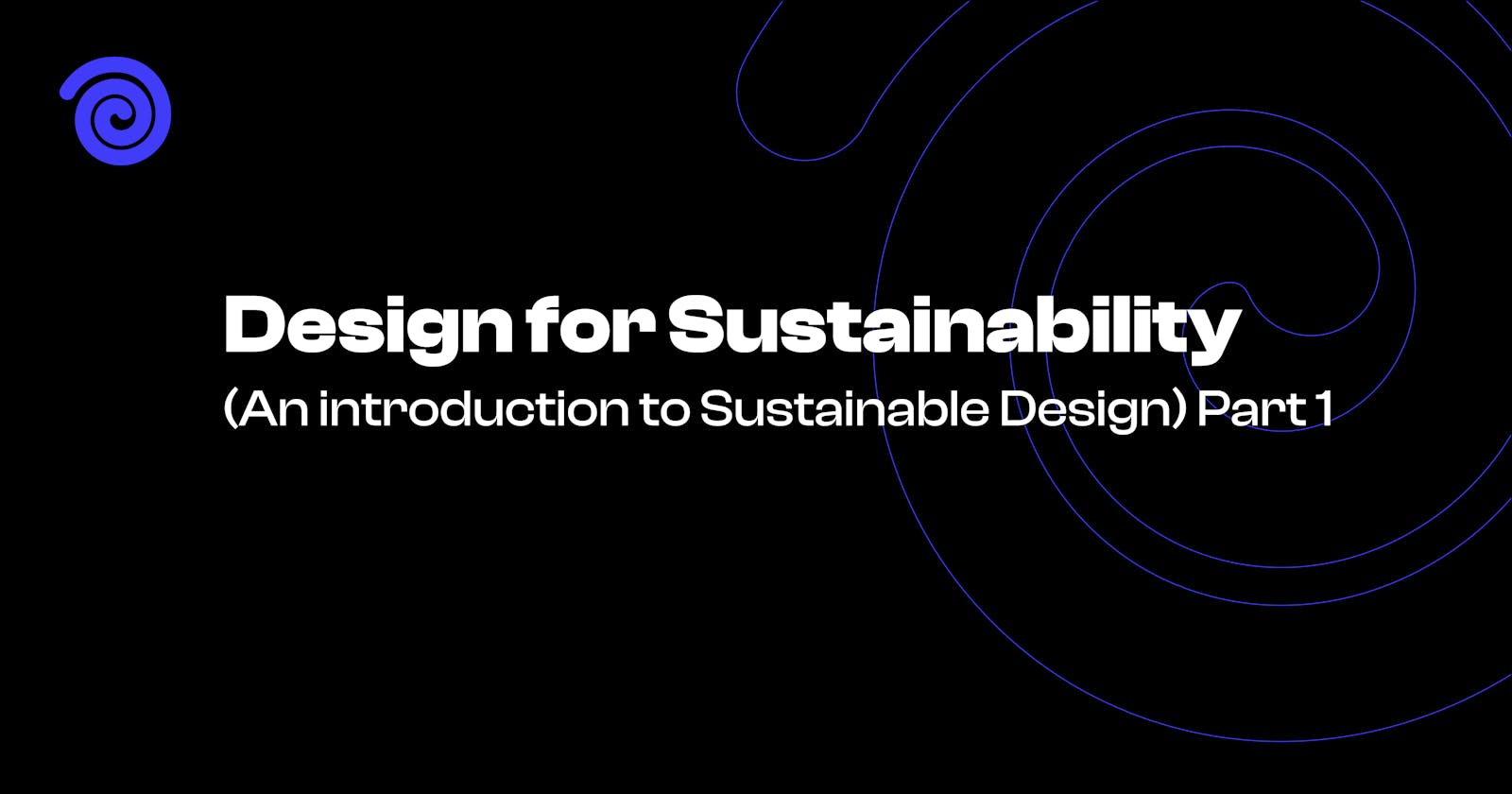Introduction:
Design is one of the most used words in technology in today's world but oftentimes there are many iterations of it because of its versatility.
Design is seen everywhere and it's the fundamentals of everything that exist, wherever we go, look, there is design.
Design is more than art, more than patterns, more than colours. Design moves across sounds, visuals and what we can imagine. It revolves around every industry that exists, everything we do, down to psychology and the best designers are great psychologists.
No other discipline contributes to everything like design and this powerful "term" that we can't do without and should be considered a valuable word, has become a norm in the minds and tongues of people.
The truth is only designers can truly understand people and I urge every designer or design enthusiast to study or take a psychology course
What is Design:
There are several definitions of design because of how broad it is, so i will give my favourite definitions from different people.
“Design is a plan for arranging elements in such a way as best to accomplish a particular purpose.” ― Charles Eames, American designer, architect, and filmmaker.
"Design is intelligence made visible." -- Alina Wheeler, author"De of sign is intelligence made visible." -- Alina Wheeler, author
"Design is not just what it looks like and feels like. Design is how it works." -- Steve Jobs, co-founder of Apple, Inc.
Design is the intermediary between information and understanding." -- Hans Hoffman, artist and teacher
These are a few of my favourite definitions of design but in summary, i will define design as an expression that carries emotions, filled with messages and a strong sense that contributes to and improves everything we do here on earth and beyond.
Design goes beyond art, sound, visuals, colours and everything we know.
What is Sustainability:
Just like Design, there is no agreeable definition of sustainability, but they all mean a similar thing regardless.
According to youmatter.world, sustainability comes from sustainable + ity. And sustainable is, for instance, a composition of sustain + able. So if we start from the beginning, to means “give support to”, “to hold up”, “to bear '' or to “keep up”.
What is sustainability, then? Sustainable is an adjective for something that is able to be sustained, i.e, something that is “bearable” and “capable of being continued at a certain level”. In the end, sustainability can perhaps be seen as the process(es) by which something is kept at a certain level.
The best definition of "Sustainability" is gotten from a 1987 UN paper that defined sustainability as “meeting the needs of the present without compromising the ability of future generations to meet their own needs.”
What is a sustainable design:
Sustainable design is about designing "building" for the future.
Sustainable design is the process of thoughtfully designing physical objects—or products, or buildings, to reduce negative impacts on the environment.
It involves making a design that will last for a long time, and would still hold much greater value, no matter how long, the year or the time it is placed.
Examples of Sustainable Design
 Sponge Bikini by Mihri Ozkan and Cengiz Ozkan
Sponge Bikini by Mihri Ozkan and Cengiz Ozkan
This bikini is made from a sponge-like material that repels water but absorbs oils, designed to help filter impurities from water and turn swimming to an "eco-friendly activity
 Edible six-pack rings by Saltwater Brewery
Edible six-pack rings by Saltwater Brewery
Florida-based Saltwater Brewery used by-products from the beer-making process to create six-pack rings that can safely be eaten by marine wildlife
 Pińatex leather alternative by Ananas Anam
Pińatex leather alternative by Ananas Anam
Materials company Ananas Anam developed a way to turn pineapple waste into an animal-friendly alternative to leather. Factories in the Philippines separate the strands and felt them together into a non-woven fabric that can be used for clothes, footwear or furniture
See more examples of Sustainable Designs from deezen
What is the importance of sustainable Design?
Sustainable designs address the principles of economic, social and environmental sustainability. It aims to counter the negative impacts of products throughout their lifecycle with ‘cradle-to-grave’ philosophy that employs low-impact materials and processes and considers energy usage, embedded energy, design for disassembly to facilitate reuse or recycling, resource renewability, biomimicry and design impact measures (such as life cycle analysis).
Sustainable design seeks to reduce negative impacts on the environment, and the health and comfort of building occupants, thereby improving building performance.
The basic objectives of sustainability are to reduce consumption of non-renewable resources, minimize waste, and create healthy, productive environments.
So if you're designs are in any way contradictory to this above statement, then you are causing more harm to yourself and future generations.
Designers are problem solvers and solution providers, but the truth is, many people don't consider sustainability, both designers and non-designers, leaving it in the hands of the UN and other organisations.
How can we build better sustainable design?
The most efficient way to build sustainable design is called "Life Cycle Thinking".
Life Cycle Thinking is different from "Design Thinking", which means is the process of solving problems by prioritizing the consumer's needs above all else.
Life Cycle Thinking (LCT) is a framework that considers a holistic view of a product, process, or service from production through to consumption or uses to end-of-life.
It has 5 major stages:
- Raw Material
- Manufacturing
- Lifetime use
- Transportation and
- End of Life
So When designing a product, its best to consider these stages… What kind of raw material would be used, down to how it's been manufactured, how long it would be used, how it is transported from point A - B and what happens after its lifespan, can it be recycled or reused or it will cause damage to out environment or our health.
All these things needs to be considered and properly taking into consideration before designing a product.
I will write on "Life Cycle Thinking" in another article because of how broad it is, just like "Design Thinking".
Conclusion:
If you’re new to the concept of sustainable design, you may not realise that it’s something that you will frequently come across every day without even knowing it. Because it's a part of our daily life and our future and present.
But as we continue to advance in technology, and population, so our demands for high and more efficient products and services, but we shouldn't focus on making so many profits, yes, we can make profits even when we dive into sustainable designs but the bigger picture is, we are saving lives and protecting our environment while expressing our art and culture.
Sustainable design is beyond mere making of designs for buildings, energy, environments etc. It is putting the lives of people first before anything.
Sustainability should be preached everywhere and also studied in school as part of our curriculum.
This is far beyond empathy, it's about the lives of humans and people who are presently living and yet to be born. When you put people first you have in mind that you need to be careful lt to harm them, harming them means designing something that can be reused after its lifespan or controlled.
For example, card papers can be recycled and plastic can be recycled, but when you add plastic and cardboards together, as seen in milk containers etc, it is very difficult to recycle, causing pollutants and negative results for humans.
Lets adapt and embrace sustainability and lets apply it to our designs.

